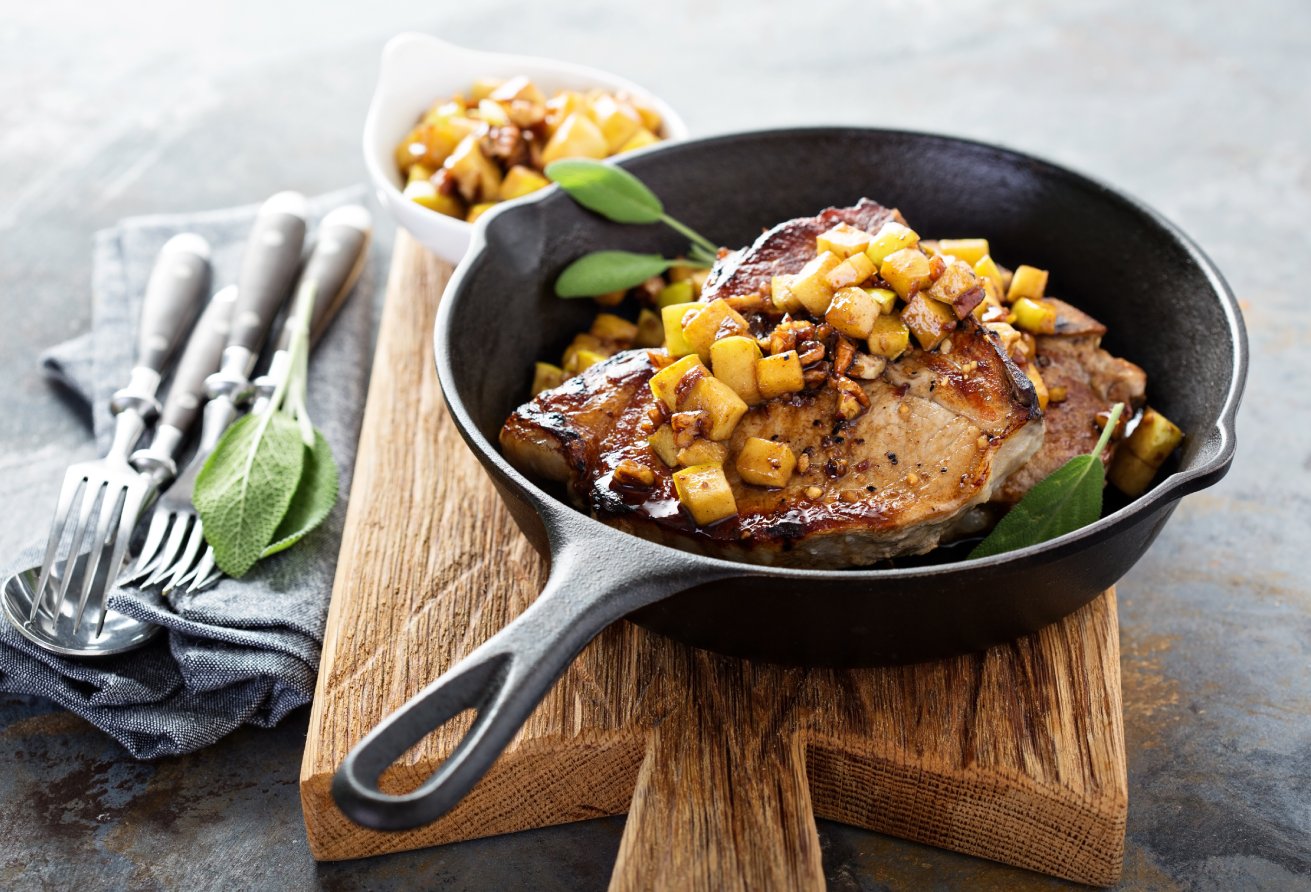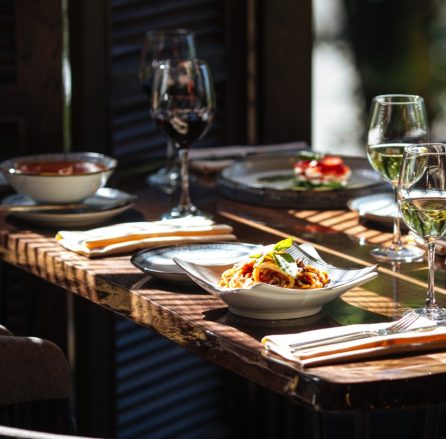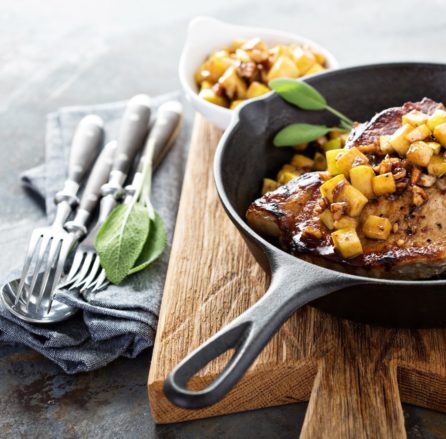Flavors of Fall: Seasonal Ingredients for Delicious Dishes
09.14.2023
Most of us believe that fall begins on September 22 in the United States. At least, that’s what the calendar says. But for climatologists, fall begins from September 1 — 3 weeks earlier. This means we’re already in the fall, and now it’s time to indulge in the seasonal treat.
As a prime seafood eatery in McAllen, we decided to explore the seasonal ingredients available in the fall and the delicious dishes you can prepare with them. Some of the signature steaks & seafood of fall are already being served at Prime McAllen. So, reserve your seat fast!
The season of fall, which runs from September through November, blesses us with several healthy and tasty food items. Some of these items are exclusive to fall, while others overlap with summer and winter. There’s also a third category of items available year-round and get enhanced in taste in the fall months. Let’s look at some major ingredients in fall:
Apple
You may have heard of ‘Autumn apples’. These are the go-to harvest options for farmers since they are easy to store. So, your nearest grocery center should get stocked with fresh apples by mid-October. There are several varieties like Gala, Gale Gala, Honeycrisp, Fuji, Pink Lady etc. Pick your favorite and get snacking right away.
Apple sauce is one of the most sought-after ingredients in juicy steaks in McAllen. The sweet, savory flavor in combination with roasted steak is simply irresistible. Autumn apple also pairs well with seafood. Grilled Fish Taco Bowl with Green Apple and Guacamole and Roasted Shrimp with raw Apple and Scallion are favorites among many.
Beet
Beet is an outright superfood packed with rich nutrients. And they’re in the season from fall through spring. The fresh beets are available with the greens attached. Later, the green is cut off and stored for availability in later months.
Beet is often added to salad to enhance its nutritional profile. A few dice of purple beetroot can add the much-needed fiber and folate to a diet. You can have beet-included salads with steaks, seafood, or chicken. Pan-fried fish with beetroot salsa is also a favorite among the health-conscious population.
Belgian endive
Belgian endive is a lettuce-like cylindrical leafy vegetable used in salads or cooked with other veggies. Most of the crop is grown in artificial conditions, but the freshest of the lot is grown in fall. The growing conditions are similar to that of mushrooms.
The delicate flavor pairs well with almost anything. Slice a Belgian endive all over salad or add in soups to enrich the flavor. Then serve it as a side to steak or sandwich or enjoy a low-calorie standalone soup meal.
Broccoli
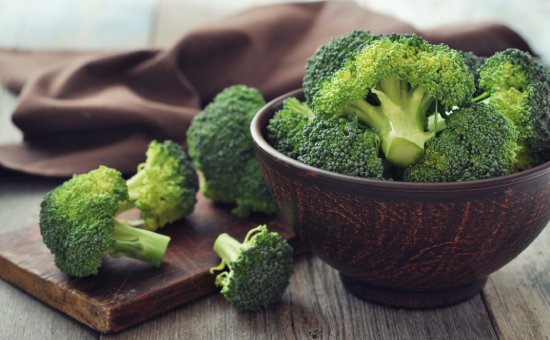
Broccoli is grown year-round. Therefore, most people tend to forget that it also has a season. The varieties that grow in cooler fall and spring months tend to taste sharper. Hence, you should give the ‘fall broccoli’ a try.
Roasted ribs served with steamed broccoli and carrots often make it to the trends of Instagram reels. Try it with vegetable soups for a nutritious dinner meal.
Chicories
Chicory grows well in moderate fall climates. Because it’s a fast-growing plant, it hits the grocery shelves in early fall itself.
Chicory is often added to soups. It has several health properties, which include a reduction in inflammation. Chefs also prepare cream of chicory soup, which serves as dips for steaks or chicken nuggets.
Cranberries
Cranberries are native to North America and harvested in the Upper Midwest and New England regions. It’s also considered a superfood because of its high nutritional content.
The cranberries are often eaten raw. Creative chefs also prepare sides like cranberry sauce or cranberry curd. Both these go well with steaks, seafood, and chicken. So, add cranberries to your next grocery shopping list since they’re exclusive to the fall season.
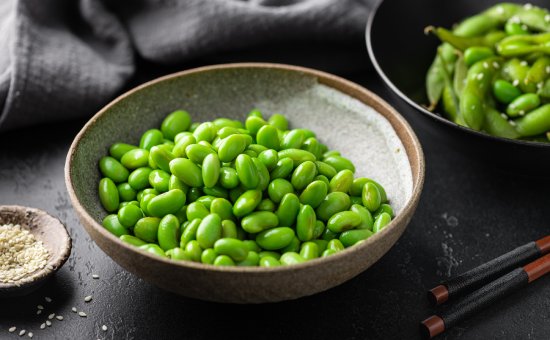 Edamame
Edamame
Edamame is known as fresh soybeans. And just like soybeans, they’re high in protein and fiber. Edamame is native to Asia, and a majority of it was imported. But now, farmers are harvesting this in parts of Arkansas and other states in the late summer and fall months.
Edamame is roasted and added to chicken or green salad. It is also added to pilaf along with vegetables. The easiest recipe is roasted edamame seasoned with salt and spices. Do try this protein-rich Asian food this fall.
Green Beans
Who could resist the crunchy and rich nutrition of green beans? The mid-summer to fall is the natural season for these beans, as they tend to be sweet and tender.
The beans are roasted and served with steak, ribs, and seafood as part of the meal. Raw beans also go well with salads. Prepare sautéed green beans in garlic butter sauce for a quick snack within a few minutes.
Horseradish
Horseradish is a root vegetable used worldwide as a spice and condiment. The vegetable goes into harvest in fall in the United States. It remains available in fresh form well into the winter.
Horseradish is prepared in various ways. It is roasted and added to steaks or beef sandwiches. It has a strong spicy taste, which adds a peculiar twist to the main dish. It’s prepared as a standalone shake or smoothie in the blender.
Spinach
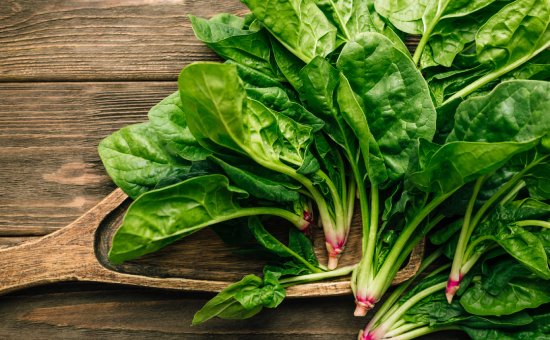
Fall is an ideal season to get your hands on some varieties of spinach. One such variety is the Space spinach with smooth, dark green leaves.
Spinach is a sought-after ingredient (not so much for the kids) in the salads. At our seafood McAllen restaurant, they’re part of signature dishes like Ora King Salmon and Lobster Thermidor. You can also sautee spinach at home and prepare a quick side dish in minutes.
Mushrooms
Few people can resist mushrooms. Often ordered as an alternative to meat, mushrooms are packed with nutrients. Several varieties of wild mushrooms are grown in the fall. This includes oyster, puffball, honey, and chanterelle varieties.
At PRIME Steak & Seafood, we add wild mushrooms to the side and main dishes. You can order them with signature steaks like New York Prime, Cowboy Prime, or Chicago Stake. Mushrooms are also added to pizza, soups, salads, and appetizers.
Pumpkins
What’s Thanksgiving without big, orange pumpkins? While it’s still a month away, pumpkins arrive on grocery shelves as early as mid-September. Fall is informally associated with pumpkin and is called the pumpkin season.
In Thailand, pumpkin and fish soup are quite famous. Back home, it’s added to anything, ranging from curries to cakes to ice creams to soups. Pumpkins aren’t only for pies. Chefs often roast the pumpkin dice and add them to steak or seafood as a single meal.
Quinces
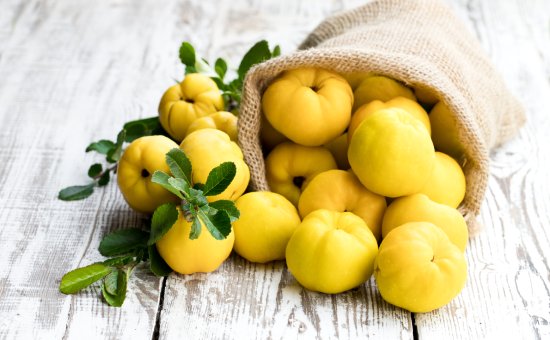
Quinces are an under-appreciated, under-the-radar fruit that deserves so much more. The bright yellow fruit is like a cross between pear and apple in terms of taste and appearance. It’s neither sweet nor sour and has a slightly bitter taste. Quinces are harvested in fall and early winter.
The fruit is served better as a smoothie. Add banana and milk to quinces to diversify the flavor profile. Or you can also prepare quince dips for steaks, seafood, or French fries.
Explore the Flavors of Fall with PRIME Steak & Seafood
In a nutshell, fall brings a wide range of food options for you. We add some of these ingredients to our steakhouse McAllen menu and make it available throughout fall and early winter. So, book your seat today and walk in!


